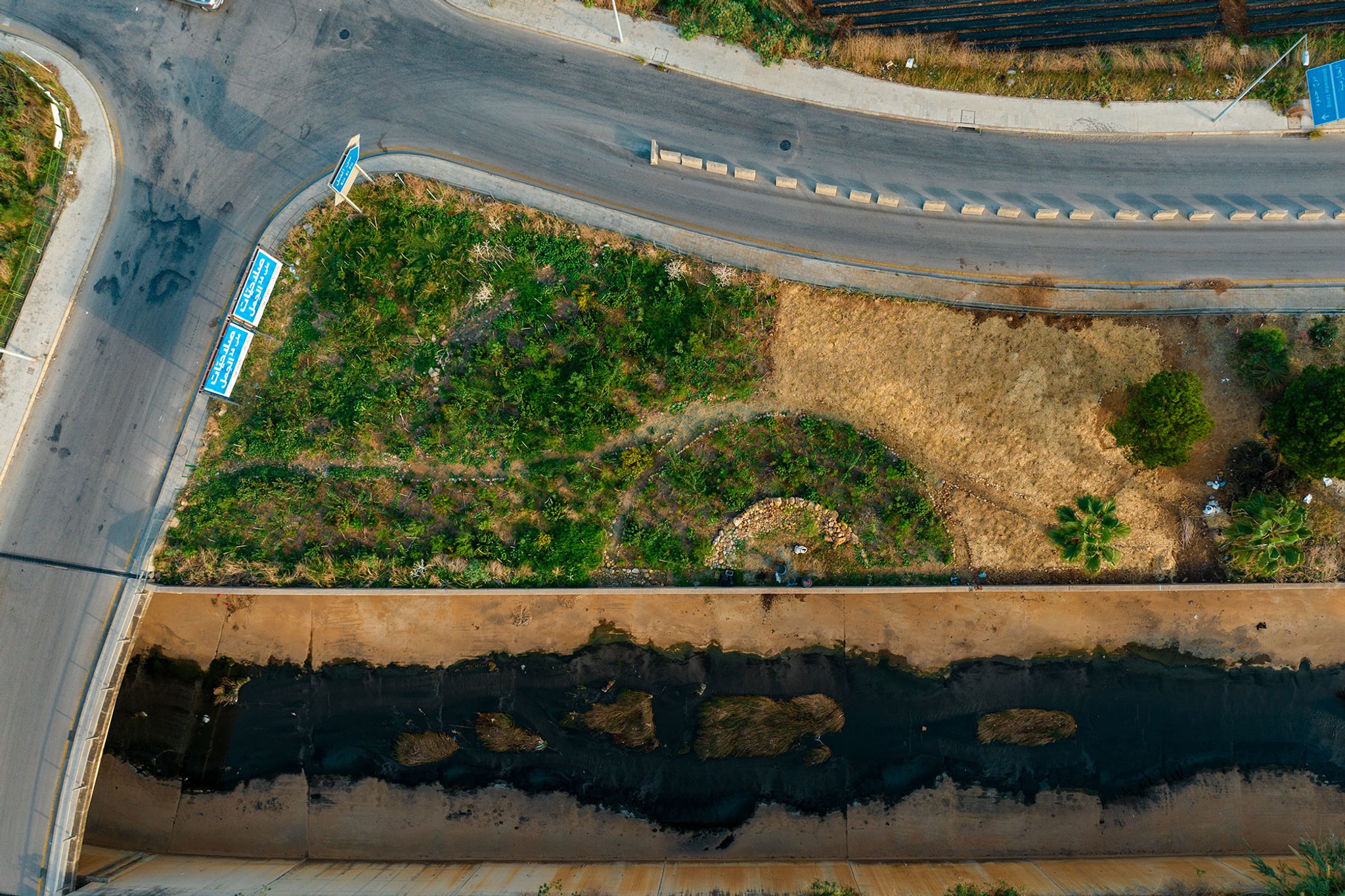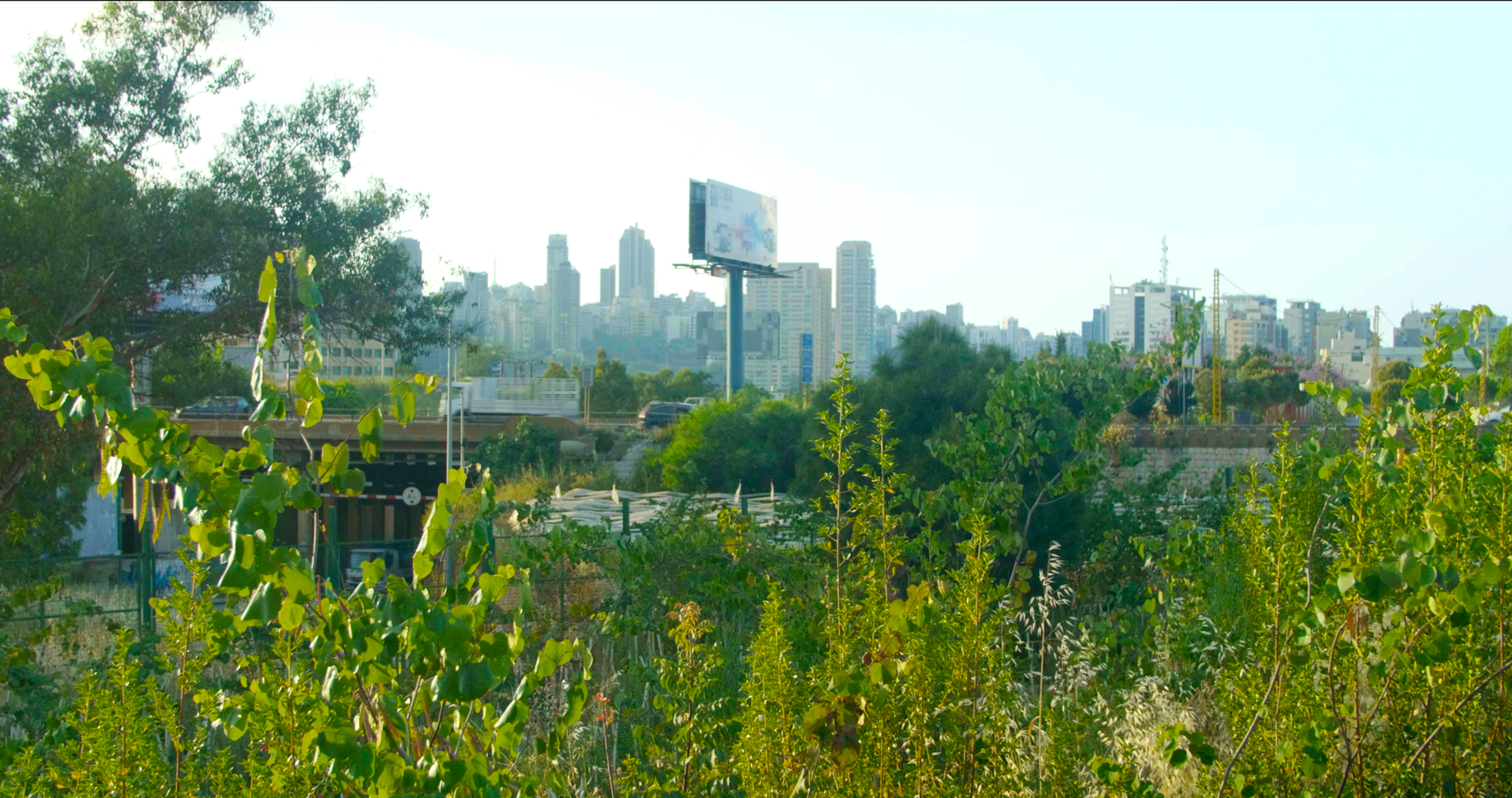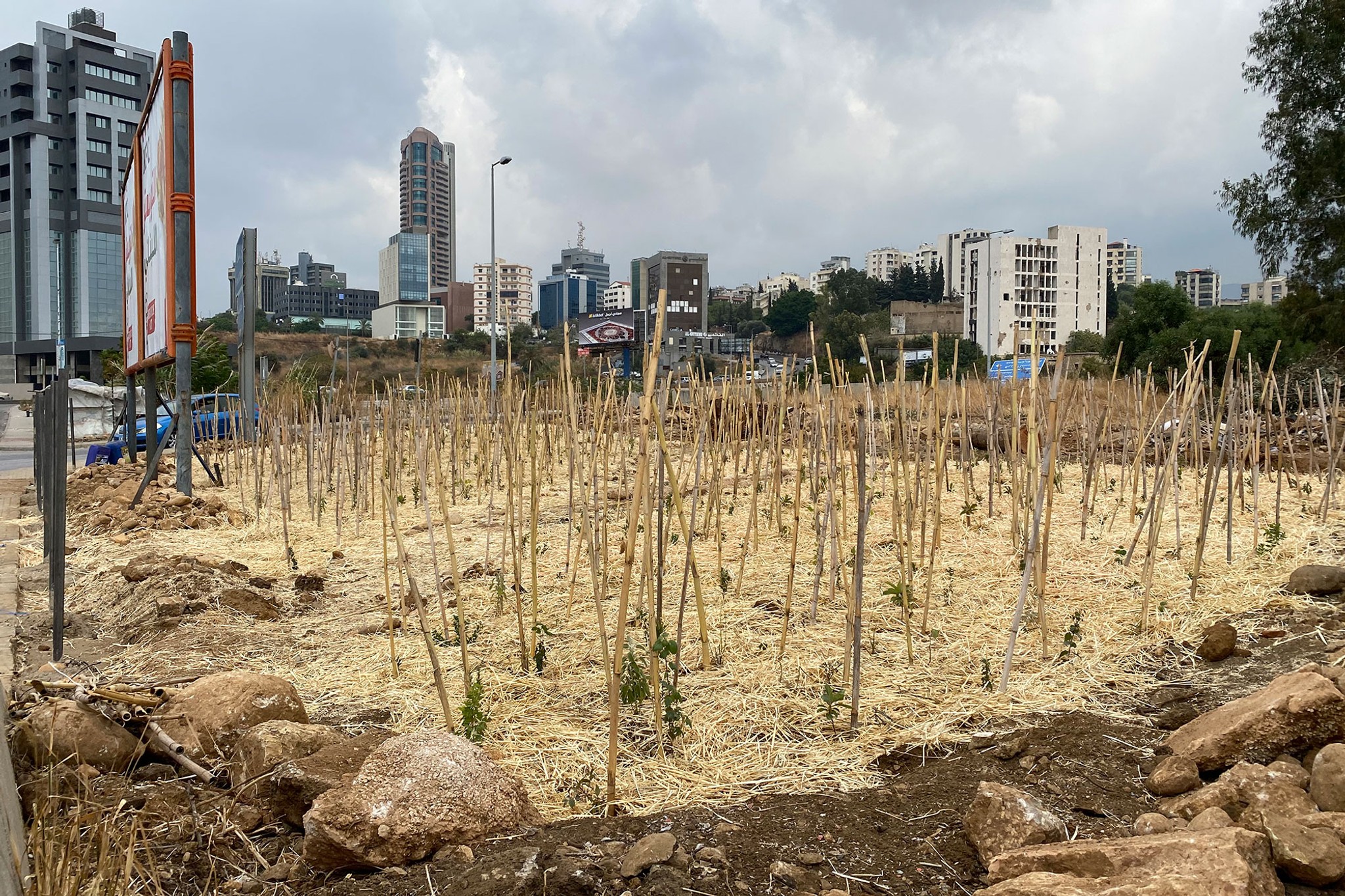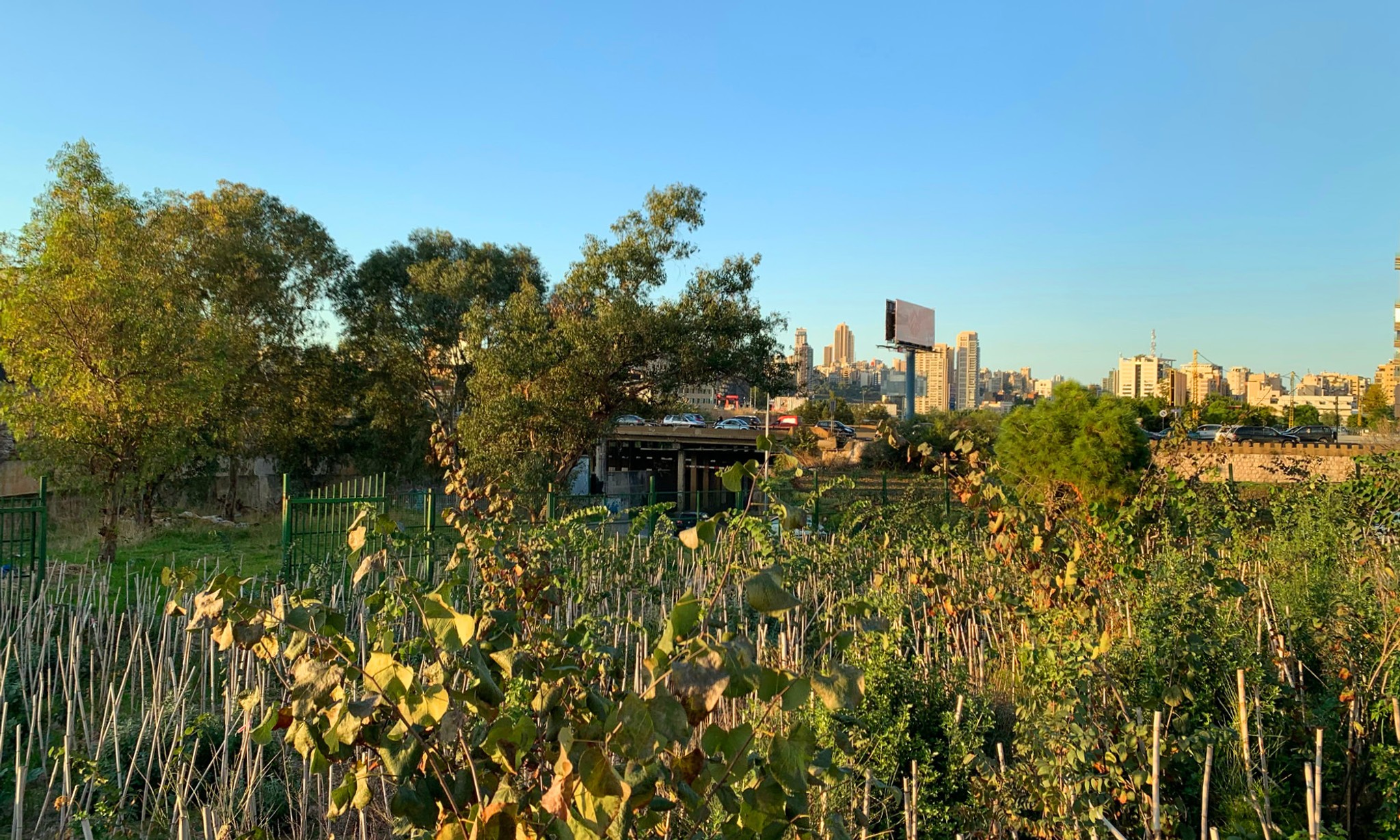Beirut's RiverLESS Forest
Reclaiming public space and restoring biodiversity.


0
Trees
0
Square Meters
0
Native Species
Through planting these native pocket forests on urban landfill sites, we are actively reversing the deteriorating condition of the Beirut River. The local community has been, and continues to be, involved in all phases of the forest-making process.
The purpose of this large-scale project is to reclaim and restore shared habitat for humans and other organisms.
"Let’s enable the native plants, birds, insects and fungi to reclaim their rightful place in the city alongside their human neighbors."
Forest Maker
Adib Dada


Forest Design
Beirut's RiverLESS
Beirut's RiverLESS II
Beirut's RiverLESS III
Beirut's RiverLESS IV
Beirut's RiverLESS V
Beirut's RiverLESS VI

“People have flocked to our Beirut Riverless project. You can feel the hunger for it. People who happened to walk by the site on planting days stop to put a sapling in the ground, somesaying they had never really touched a plant before.”
Adib Dada, SUGi Forest Maker & Founder theOtherDada
Forest Report: 2024
Beirut's RiverLESS
Forest Age: 5.5 Years
Beirut's RiverLESS II
Forest Age: 5 Years
Beirut's RiverLESS III
Forest Age: 3 Years
Beirut's RiverLESS IV
Forest Age: 2 Years
Beirut's RiverLESS V
Forest Age: 12 Months
Beirut's RiverLESS VI
Forest Age: Planted
0%
Average Survival Rate
0m
Average of Tallest 3 Trees
Beirut's RiverLESS + Beirut's RiverLESS II
At over 3 years old, these forests are now self-sustaining.
Beirut's RiverLESS III
The forest continues doing well! We’ve observed lots of bumblebees, as well as wild butterflies exploring our forest. Although the forest is overall looking lush and growing well, we’ve noticed that some rather tenacious weeds keep coming back to the forest - even after de-weeding. This might be as the forest lacks some ground coverage - such as straw - and Nature might be finding ways to create this shade cover with weeds, so as not to expose the bare soil to the elements.
Beirut's RiverLESS IV
Some tenacious weeds keep coming back and seem interested in our trees - possibly because of an insufficient amount of straw, or ground coverage or to provide shade nature decided to protect itself to prevent a barren naked soil. We’ve spotted bumblebees and butterflies exploring the forest.
Beirut's RiverLESS V
There is clear evidence of damage within the forest, including the creation of man-made paths that did not previously exist. These paths have reduced the size of certain trees and shrubs, particularly in edge and center-edge areas. This situation is exacerbated by the current social crisis in the country, which has driven people to seek refuge in secluded areas. Such observations are significant because they show that spaces like Beirut RiverLESS can provide shelter to individuals. However, this also raises the risk of unintentional or intentional harm to the forest's ecosystem. The lack of surveillance or maintenance by the local municipality further aggravates the situation. Given the country's ongoing struggles, this could pose a serious threat to the project's long-term viability.
Forest Report: 2023
Beirut's RiverLESS
Forest Age: 4 Years
Beirut's RiverLESS II
Forest Age: 3.5 Years
Beirut's RiverLESS III
Forest Age: 18 Months
Beirut's RiverLESS IV
Forest Age: 12 Months
Beirut's RiverLESS V
Forest Age: Planted
0%
Average Survival Rate
0m
Average of Tallest 3 Trees
Beirut's RiverLESS + Beirut's RiverLESS II
In the heart of the forest, fungi (Volvopluteus gloiocephalus) have appeared, indicating a healthy soil ecosystem. Meanwhile, it has been brilliant to see that the Pistachia trees have yielded fruit, helping to sustain diverse wildlife. Amidst the trees, there are signs of new growth as fresh shoots emerge. Invertebrates and insects have also been observed, including slugs, worms and wild bees.
Beirut's RiverLESS III
This quaint forest is thriving and acclimating well to urban surroundings. It began to recover following the summer heat wave. This year, we managed to provide ample water, a move that is mirrored in the favorable survival rate. While a few saplings didn't withstand the summer, the majority are adjusting well. Sun-resistant species such as Cercis Siliquastrum, Prunus Dulcis, and Pistacia Palestina are flourishing. Notably, we've seen a growth spurt in Styrax Officinalis - a species that has been challenging to sustain in the past.
Beirut's RiverLESS IV
This recently planted forest has demonstrated significant growth and adaptation. Although a few species succumbed to the heat wave and drought, our diligent watering efforts this year have largely mitigated these challenges.
Biodiversity Notes:
Forest Report: 2022
Beirut's RiverLESS
Forest Age: 3 Years
Beirut's RiverLESS II
Forest Age: 2.5 Years
Beirut's RiverLESS III
Forest Age: 6 Months
Beirut's RiverLESS IV
Forest Age: Planted
0%
Average Survival Rate
0m
Average of Tallest 3 Trees
At over 3 years old, this forest is now self-sustaining. It has not been watered this year but is continuing to grow well. The Judas tree (Cercis siliquastrum) continues to be the tallest species across phases 1 & 2, with a maximum height of 405cm.
Visitors comment on the transformation this forest has brought to this former dumping ground. It is now a lush ecosystem that is filled with the sights and sounds of nature.
Biodiversity Notes:
The trees are continuing to flower beautifully across the forest - and attract various pollinators as a result; these species include Myrtle (Myrtus communis), Spanish Broom (Spartium junceum) and Sage (Salvia fruticosa).
Forest Report: 2021
Beirut's RiverLESS
Forest Age: 2 Years
Beirut's RiverLESS II
Forest Age: 1.5 Years
Beirut's RiverLESS III
Forest Age: Planted
0%
Average Survival Rate
0m
Average of 3 Tallest Trees
Lack of consistent watering during a week in August 2019 caused the decline in survival rate. The tallest trees are the Judas tree (Cercis siliquastrum) reaching 400cm, along with the false olive tree (Buddleja saligna) of a height of 300cm.
The forest is very dense in some areas, hence it is becoming self-sufficient. We expect that in May 2022, when it is three years old, it will be 100% maintenance-free. It is remarkable to notice that this was a landfill and we transformed it into a lush ecosystem.
Biodiversity Notes:
Snakes have been observed - “gardeners best friends”. So many lizards and geckos and we’re observing the return of many birds. The forest is buzzing with life. Some trees have been flowering beautifully, including the Myrtle (Myrtus communis), Spanish Broom (Spartium junceum) and
Sage (Salvia fruticosa).
“Our resilient forest is thriving! Planted during a revolution and now going through a pandemic; bees, snails, ladybugs, amongst others, are having a wonderful time.”
Adib Dada, SUGi Forest Maker & Founder theOtherDada
Forest Report: 2020
Beirut's RiverLESS
Forest Age: 12 Months
Beirut's RiverLESS II
Forest Age: 6 Months
Forest Report
Planting
Beirut River, the city’s largest open river. Since Prehistoric and Roman times, the river has been used as a water resource for drinking and irrigation. It also had an important role as a social space for the community.
In 1968, the river was transformed from a natural, healthy ecosystem, to a canalized infrastructure. It became an open sewer for domestic and industrial waste water that’s highly polluted and poses numerous health risks. The river also lost its recreational and social function
How to make a Miyawaki Forest?
In May 2019, theOtherDada hosted a workshop with Shubhendu Sharma & Gaurav Gurjar from Afforestt.
With that, the Rewilding Generation in Beirut was born!






















































































